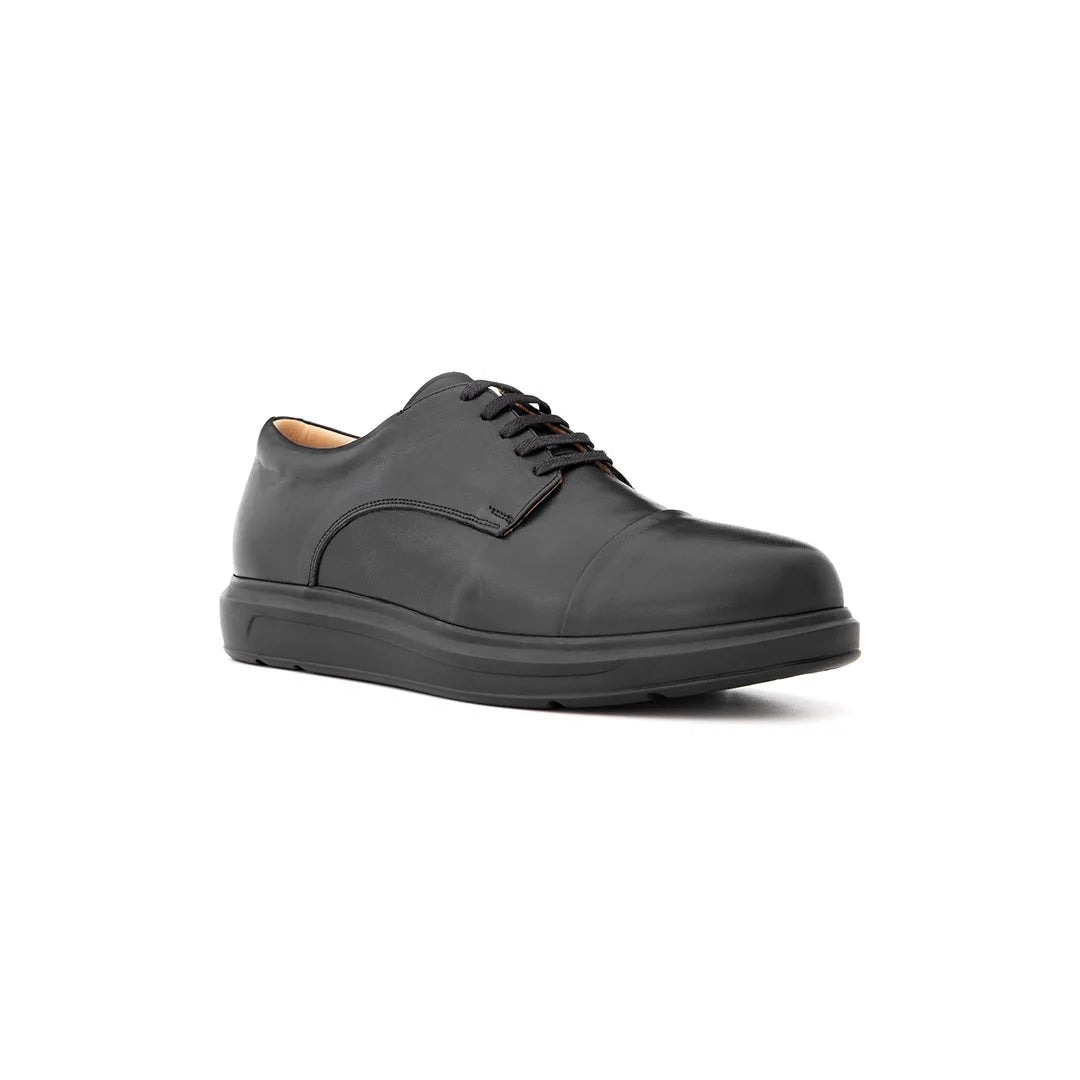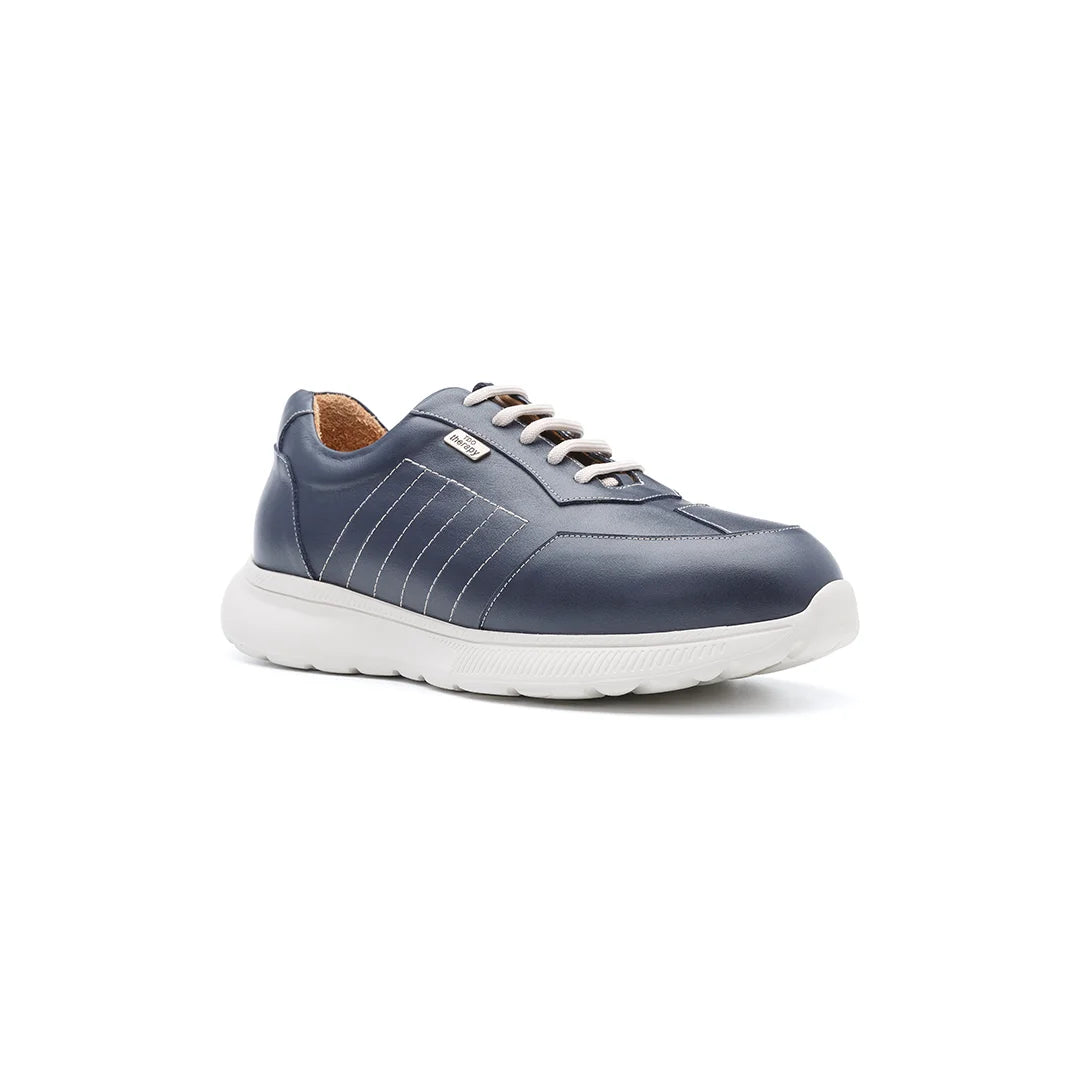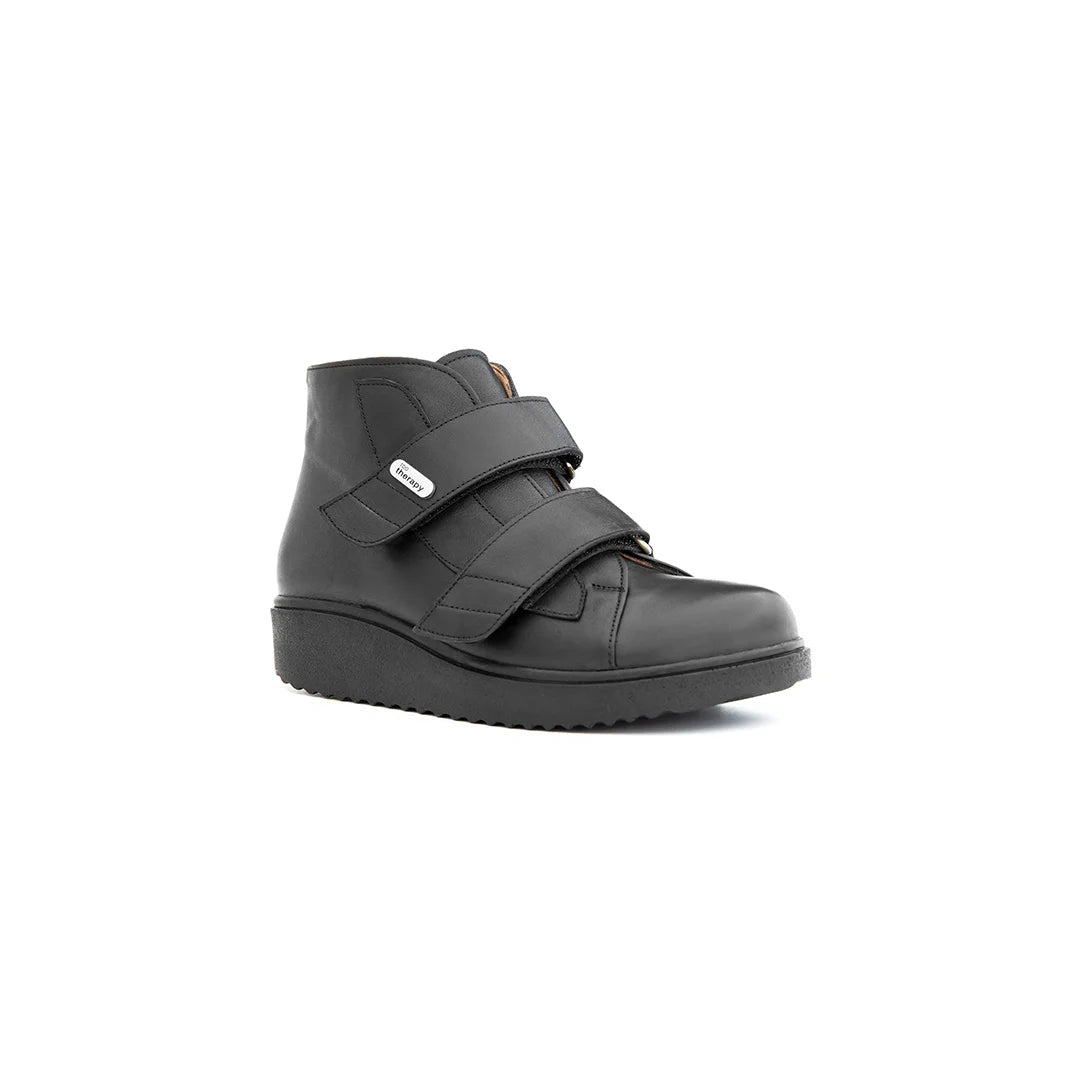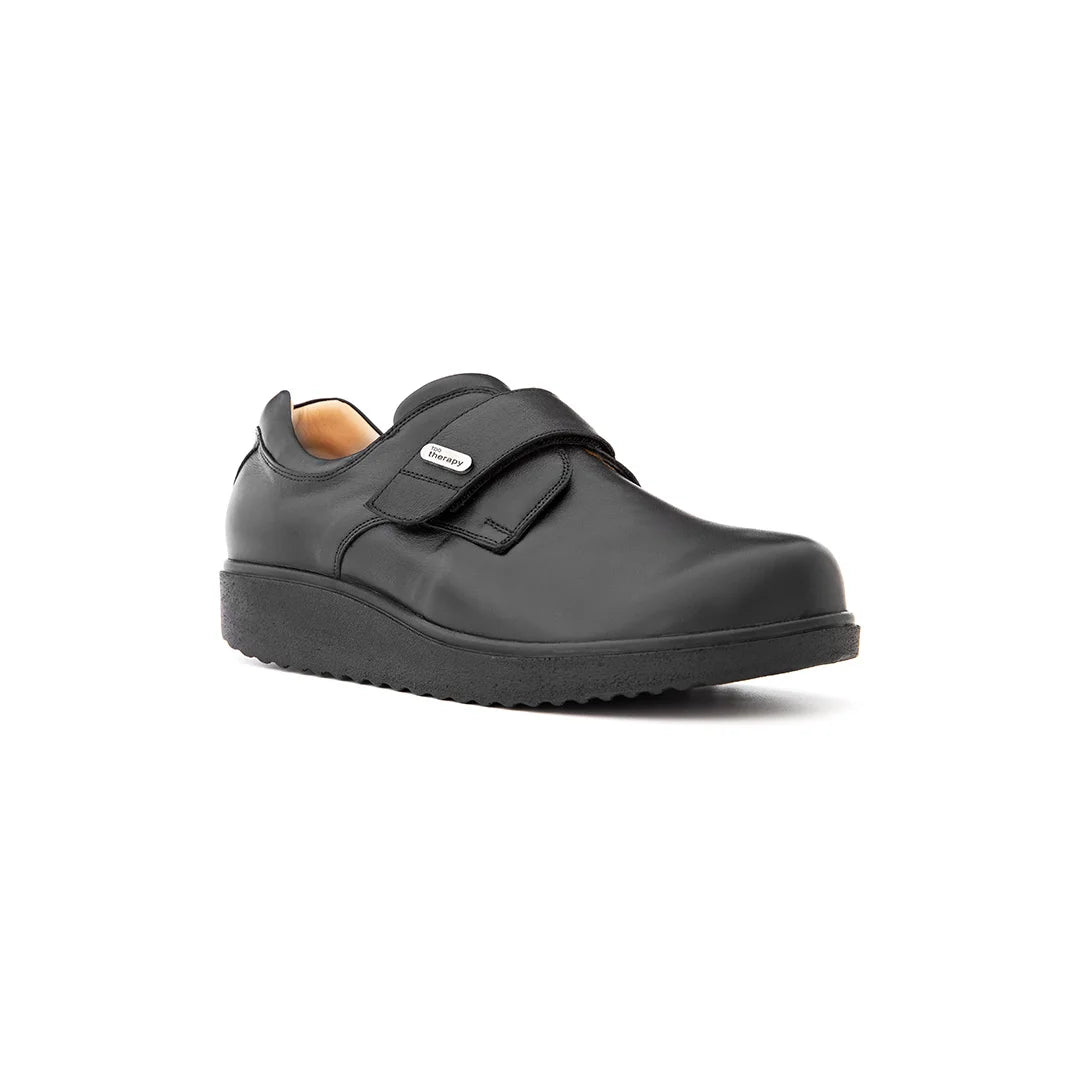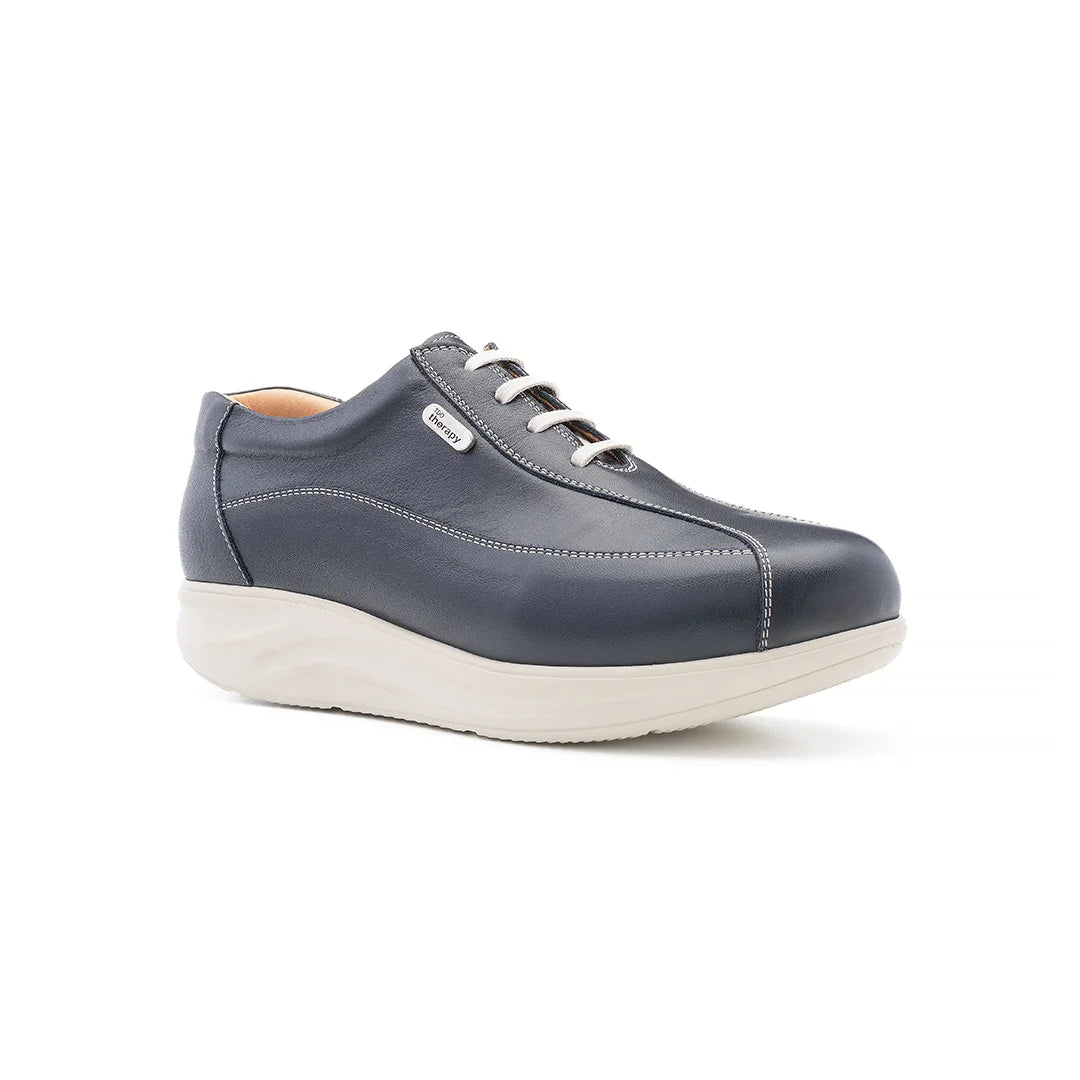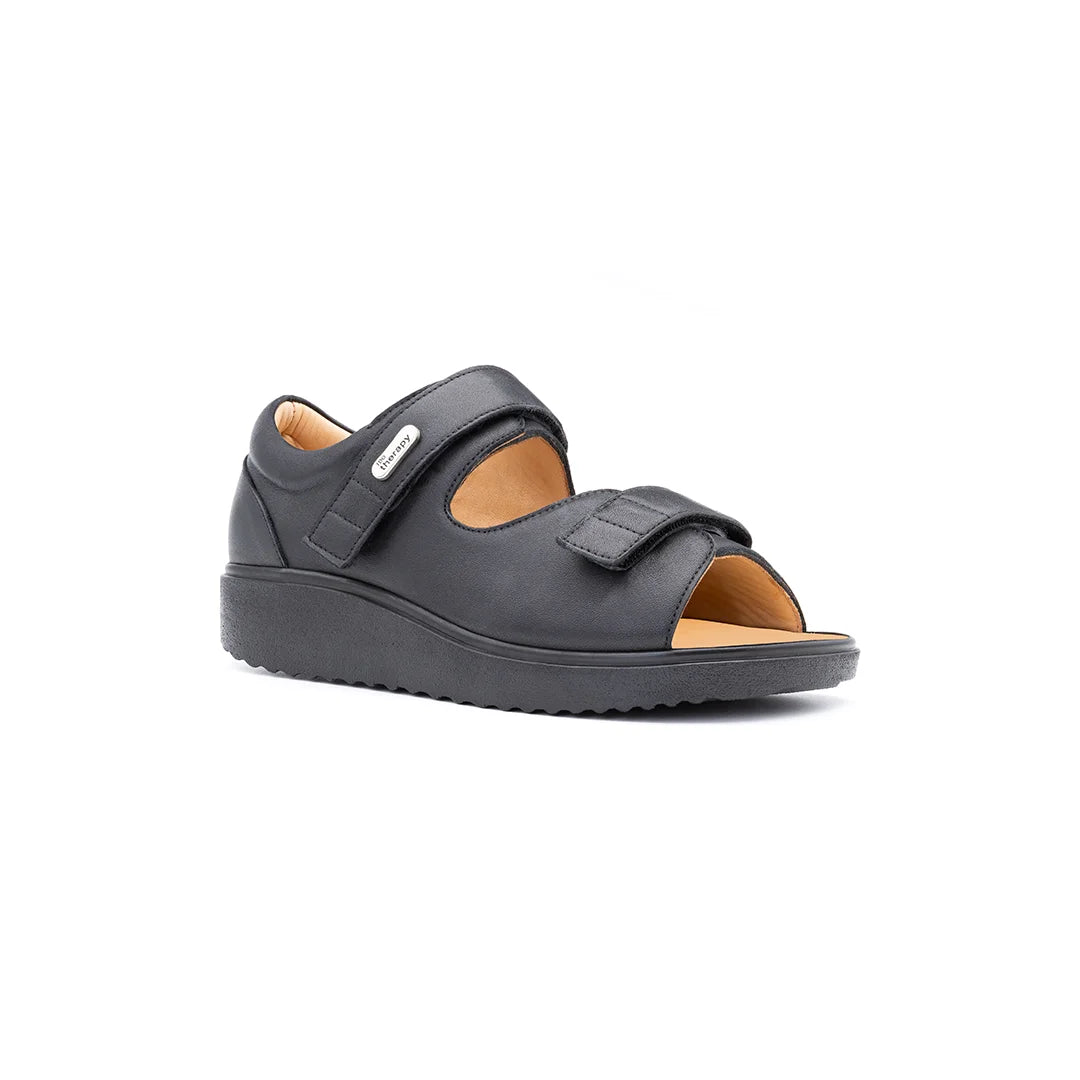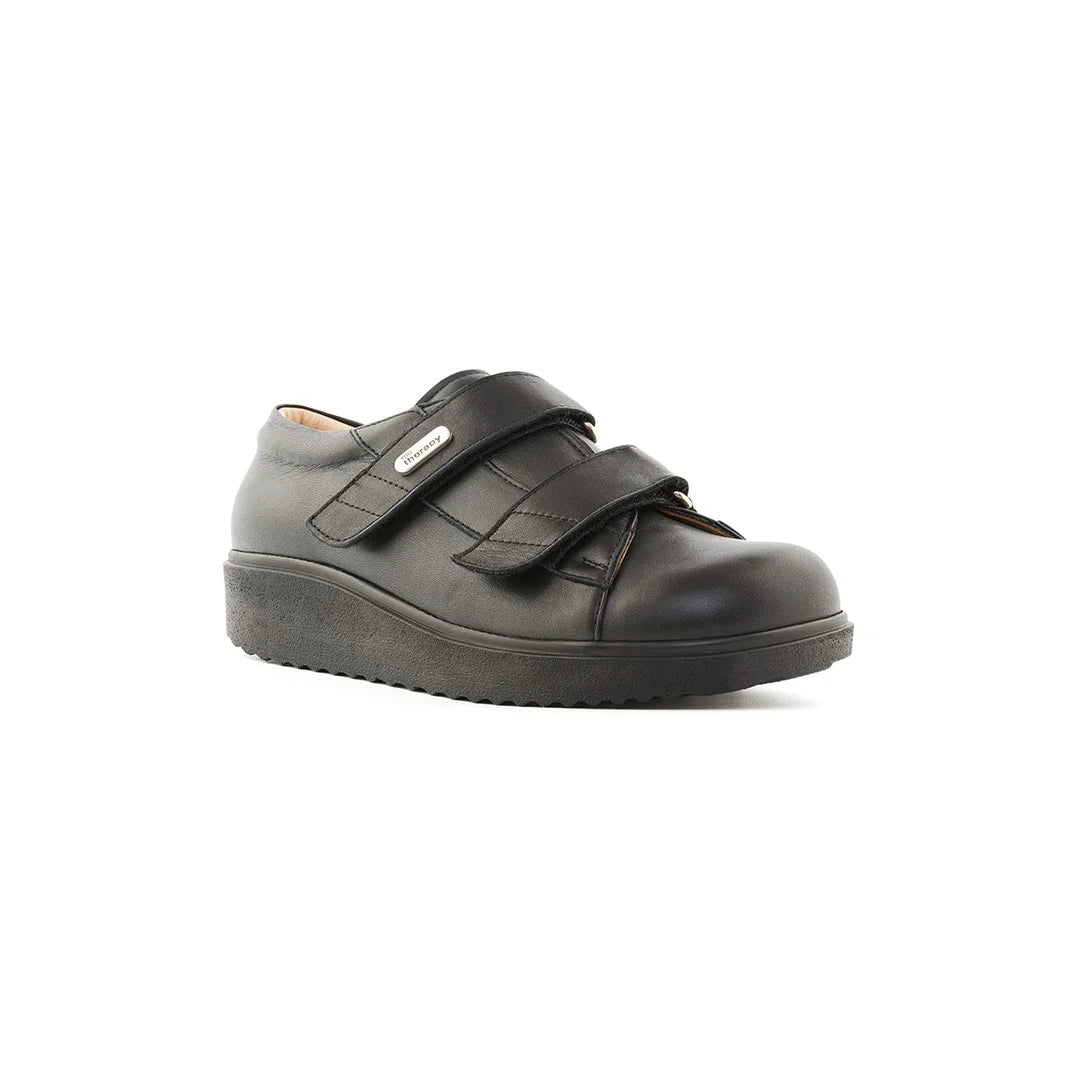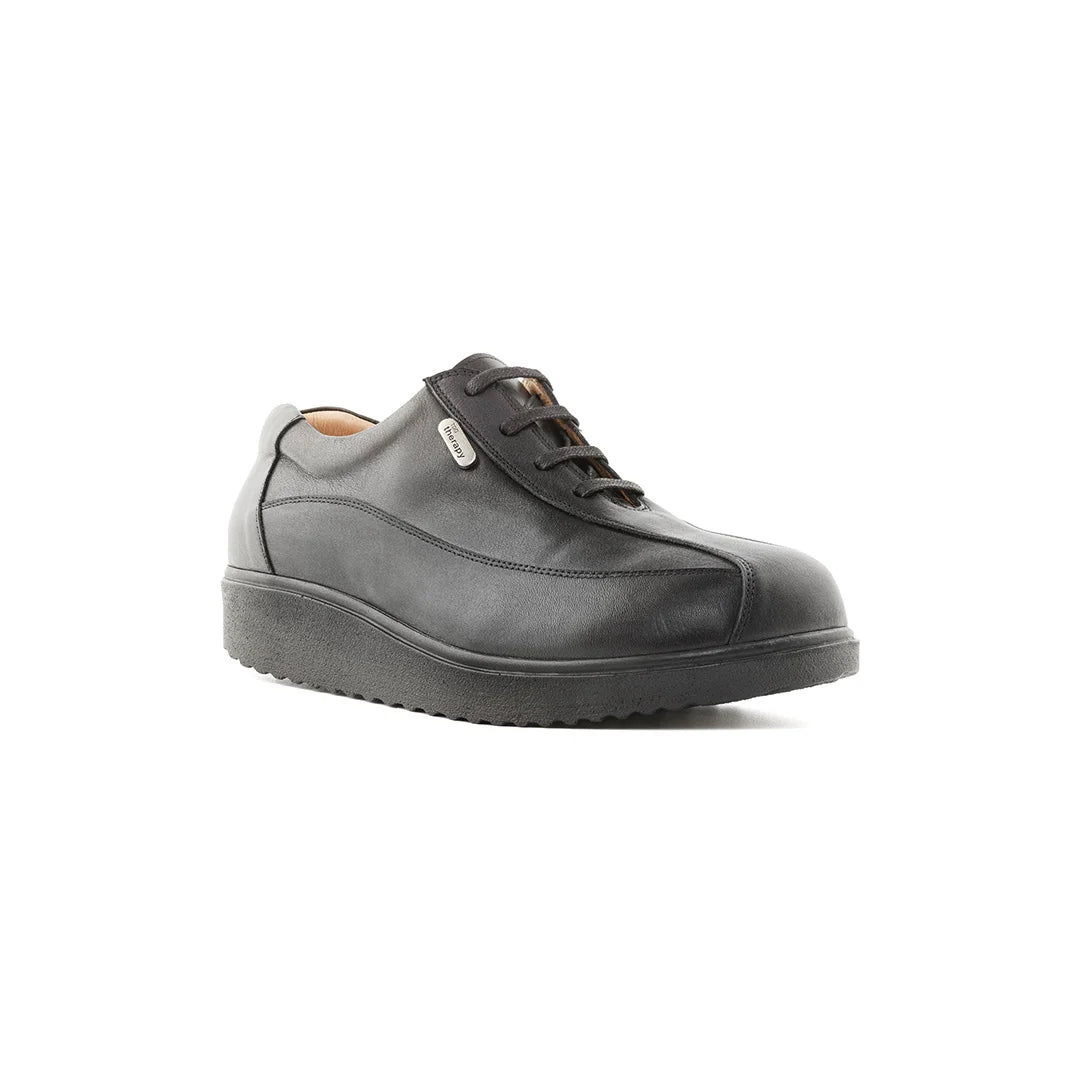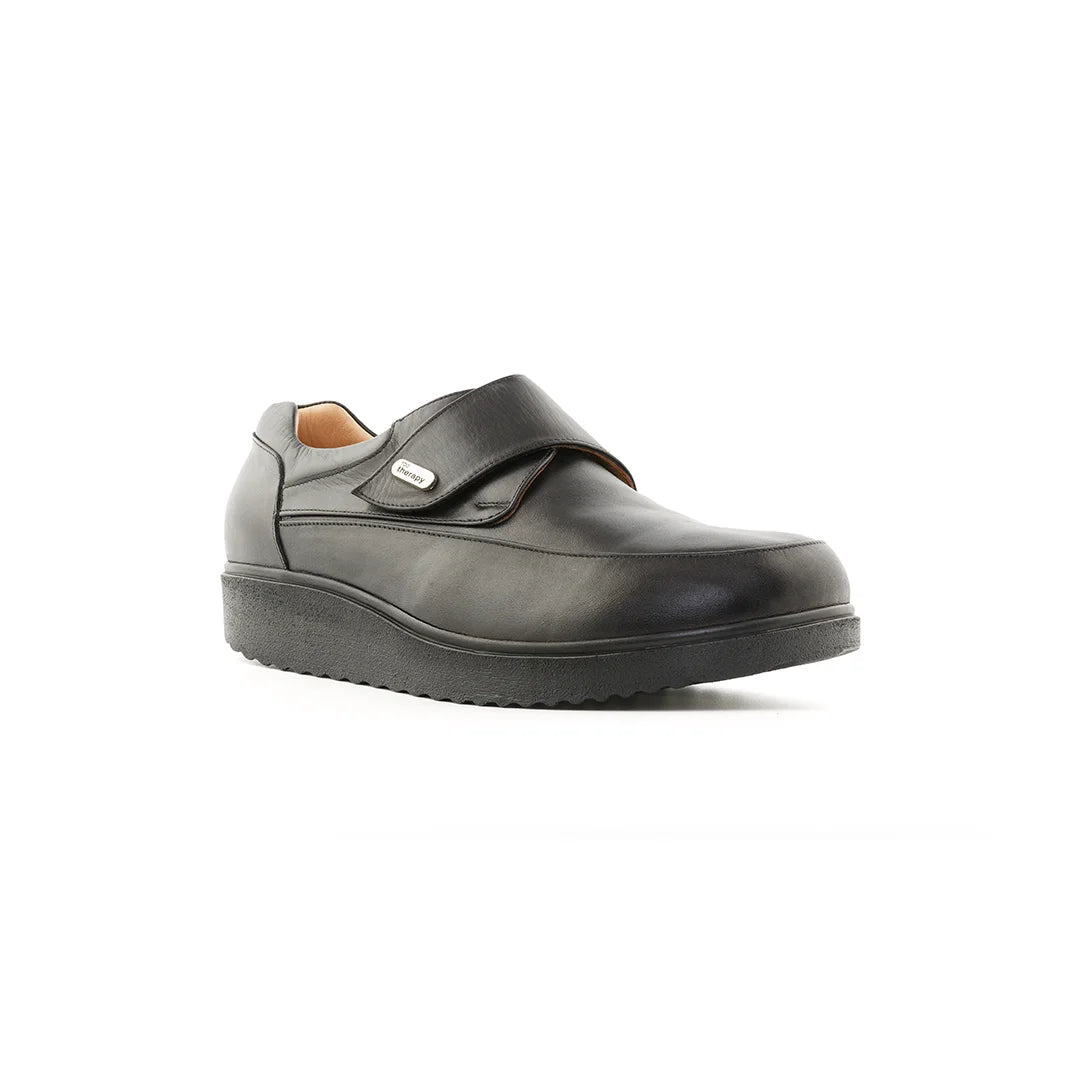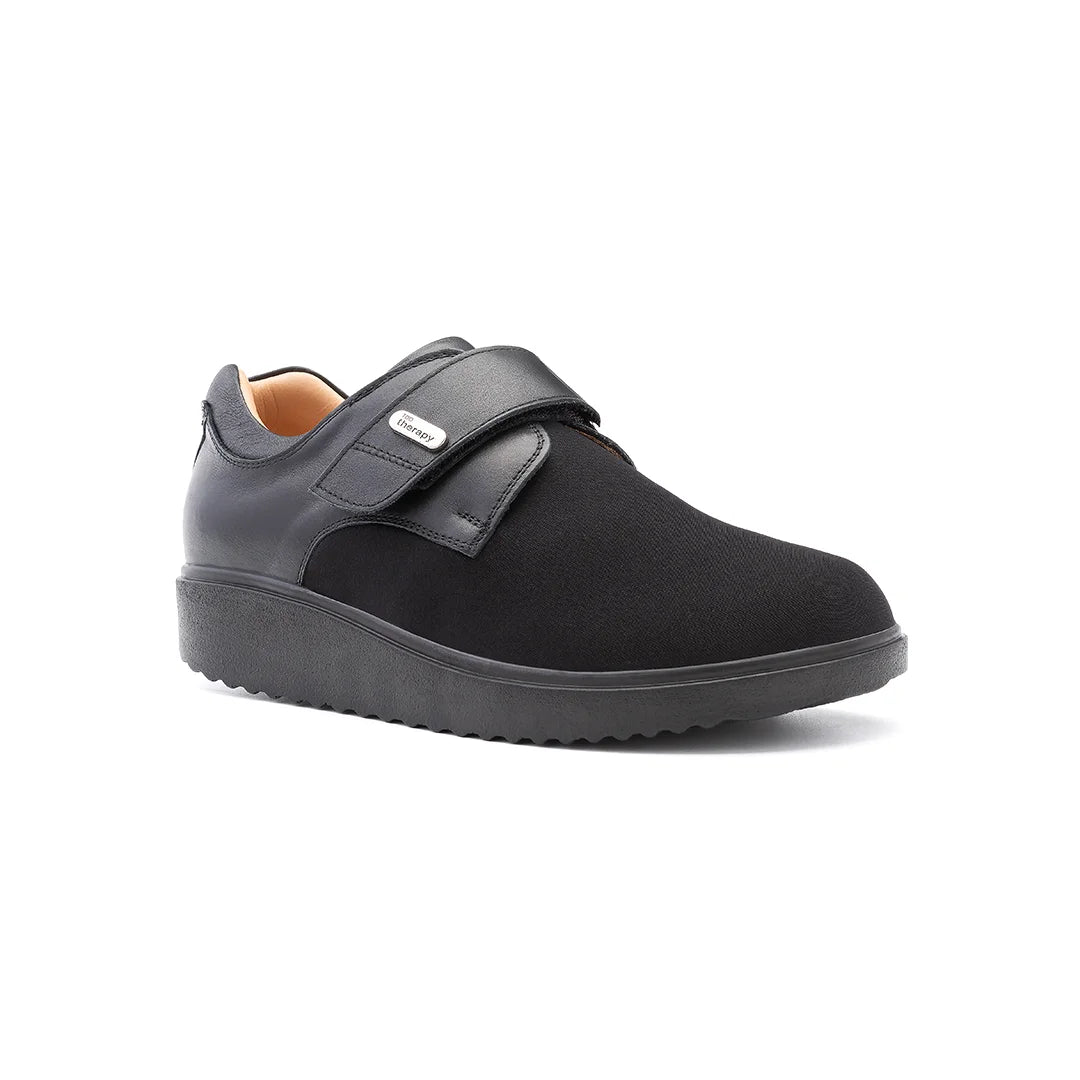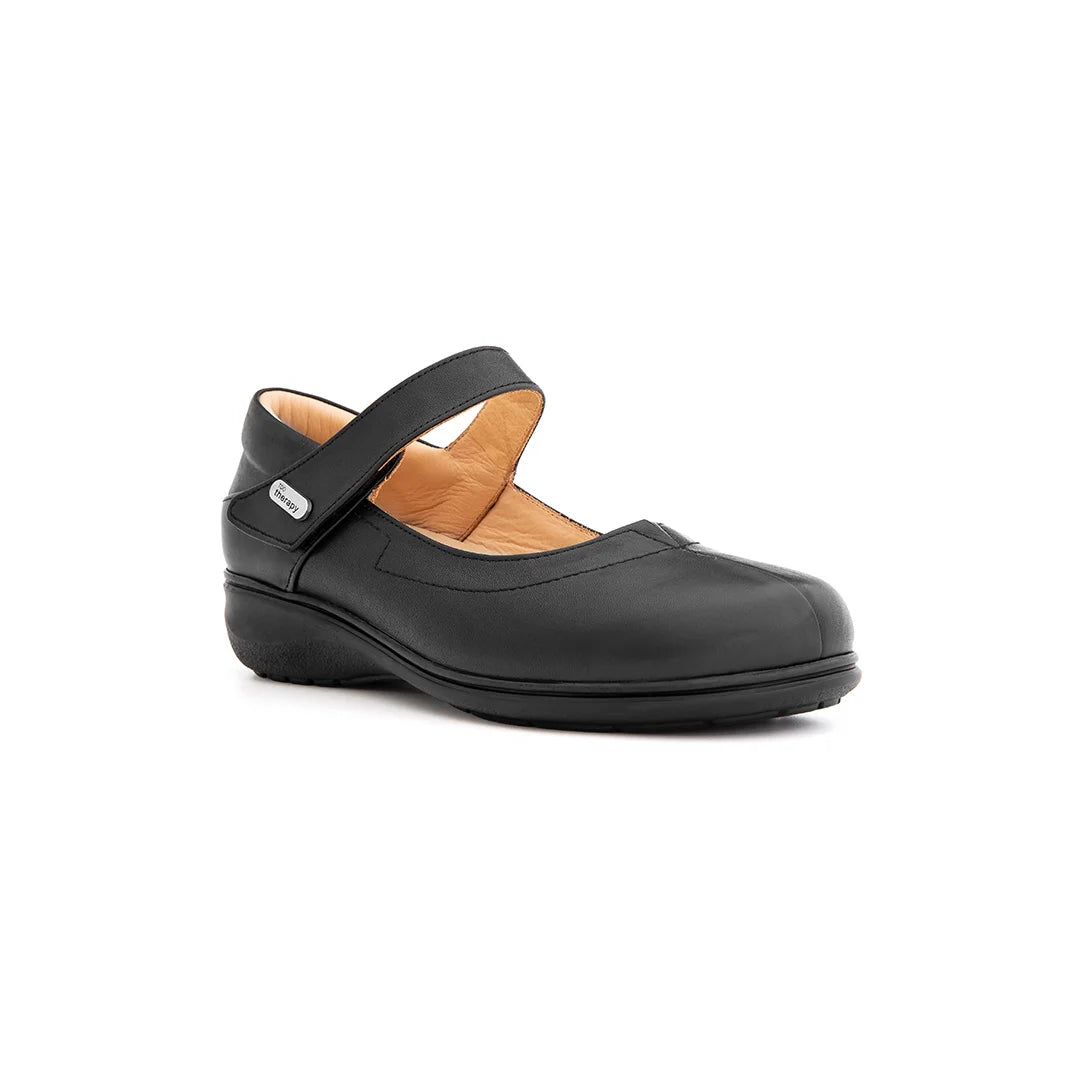Introduction
Standing for long hours might seem harmless — until you feel the throbbing feet, stiff calves, or sore lower back that follow. Whether you’re helping patients, teaching classes, serving customers, or running a busy office, constant standing takes a real toll on your body.
The good news? You don’t have to suffer through it. The right orthopedic shoes can dramatically reduce pain and fatigue, helping you stay comfortable and focused throughout your shift.
In this guide, we’ll break down what makes orthopedic shoes ideal for long workdays, what features to look for, and how to choose the best pair for your profession and lifestyle.
Key Takeaways
-
Standing all day causes strain on the feet, legs, and lower back.
-
Orthopedic shoes support natural alignment and prevent fatigue.
-
Look for cushioning, arch support, and rocker soles for balance and comfort.
-
Breathable materials and adjustable closures ensure all-day freshness.
Why Standing All Day Hurts Your Feet
When you stand for hours, your body weight constantly presses on your heels, arches, and the balls of your feet. Over time, this pressure leads to:
-
Foot pain and swelling
-
Plantar fasciitis or heel spurs
-
Poor circulation and numbness
-
Back and knee pain
Without proper footwear, your posture shifts to compensate — making discomfort worse. Orthopedic shoes are designed to distribute pressure evenly, support the arches, and absorb shock from every step or stance.

What Makes Orthopedic Shoes Ideal for Long Workdays
1. Cushioned Midsoles for Shock Absorption
The longer you stand, the more impact your feet endure. Orthopedic shoes feature soft cushioned midsoles made from EVA or PU foam that absorb shock and protect your joints.
This helps reduce fatigue and prevents soreness in your heels and arches.
2. Arch Support and Stability
Strong arch support keeps your feet aligned and prevents the collapse that leads to flat-foot pain. Stability also matters — orthopedic shoes often include firm heel counters that stop unwanted rolling or wobbling.
This alignment protects not only your feet, but your knees, hips, and lower back.
3. Rocker Bottom Soles
Rocker soles help your feet roll smoothly from heel to toe, reducing pressure on the forefoot and aiding circulation. For professionals standing all day — from shop assistants to healthcare workers — this design helps fight stiffness and tension.
4. Breathable and Moisture-Wicking Materials
Hours on your feet mean heat and sweat. Shoes made with breathable natural leather or ventilated linings prevent overheating, while antibacterial interiors help avoid odour and irritation.
5. Lightweight Construction
Heavy shoes lead to faster fatigue. Modern orthopedic shoes use lightweight soles and flexible uppers, keeping your step effortless even during long shifts.
6. Adjustable Fit Options
Feet can swell throughout the day. Adjustable straps or Velcro fastenings make it easy to loosen or tighten shoes for consistent comfort — especially helpful for people with diabetes, edema, or wide feet.
Professions That Benefit Most from Orthopedic Shoes
Healthcare Workers
Nurses, doctors, and carers spend most of their day walking and standing. They need shoes that are:
-
Slip-resistant
-
Breathable
-
Easy to clean
-
Cushioned for long hours
Best choice: Lightweight orthopedic trainers or closed-toe comfort shoes with anti-slip soles.
Teachers and Lecturers
Teaching means standing for extended periods, often on hard floors. Shoes with arch support and flexible soles prevent fatigue and keep posture upright throughout the day.
Best choice: Smart orthopedic loafers or trainers in neutral tones that match professional outfits.
Retail and Hospitality Staff
Constantly moving between customers, stockrooms, and counters requires shoes that support quick transitions and provide cushioning.
Best choice: Breathable orthopedic shoes with rocker soles for fluid motion and comfort.
Office Professionals
Even if you stand intermittently, switching between desks and meetings, orthopedic shoes provide all-day balance and reduce stiffness from long sitting-to-standing transitions.
Best choice: Elegant orthopedic flats or soft leather loafers that combine comfort with polish.
Everyday Tips for Standing Comfort
-
Shift weight frequently: Avoid locking your knees.
-
Use anti-fatigue mats: If you stand in one area, they reduce floor impact.
-
Stretch your calves and ankles: A 2-minute stretch break improves circulation.
-
Change shoes daily: Rotating pairs helps materials recover.
-
Replace insoles every 6–9 months: It keeps cushioning effective.
Choosing the Right Fit for Long Standing
| Feature | Why It Matters |
|---|---|
| Deep toe box | Prevents rubbing and pressure on toes |
| Firm heel support | Keeps posture stable |
| Memory foam insoles | Cushion and adapt to your shape |
| Shock-absorbing midsole | Reduces strain on joints |
| Non-slip sole | Prevents accidents on hard surfaces |
| Adjustable fastening | Accommodates swelling through the day |
Proper fit ensures your weight distributes evenly — your shoes should feel secure but never tight.

How Orthopedic Shoes Reduce Fatigue
Promoting Natural Posture
Orthopedic shoes encourage the correct alignment of the spine and legs. When posture improves, you use less energy to stay upright — saving your muscles from overwork.
Supporting Circulation
Gentle cushioning and flexible soles enhance blood flow, preventing that “heavy legs” feeling after a long day.
Reducing Muscle Tension
Rocker soles and cushioned insoles relieve constant heel and forefoot pressure, letting muscles relax even during long hours of standing.
Transitioning from Regular to Orthopedic Footwear
If you’re new to orthopedic shoes, start by wearing them for a few hours at a time. Gradually increase wear each day so your feet can adapt to the improved support and structure.
Most people notice reduced pain and fatigue within the first week — especially those previously using hard or unsupportive shoes.
Caring for Your Work Shoes
-
Wipe with a damp cloth daily to remove dust.
-
Use natural leather conditioner monthly to maintain flexibility.
-
Air shoes overnight to avoid moisture build-up.
-
Check soles regularly for wear — replace before they lose grip.
Proper care ensures your orthopedic shoes perform well and last through long workdays.
FAQs
Q: Can orthopedic shoes really make standing all day more comfortable?
Yes. They provide arch support, cushioning, and stability that prevent fatigue and pain, making long standing manageable.
Q: Are orthopedic shoes suitable for all professions?
Absolutely — they’re ideal for anyone on their feet for long hours, from healthcare and retail to teaching or hospitality.
Q: Do orthopedic shoes help with lower back pain?
Yes. Correct foot alignment reduces strain that travels up to the knees, hips, and back.
Q: How often should I replace my work shoes?
Every 9–12 months, or sooner if soles wear down. Continuous support is key for comfort.
Q: Can I use my orthotics with these shoes?
Yes. Most orthopedic shoes have removable insoles designed for custom orthotics.
Final Thoughts
When your job keeps you on your feet, your footwear becomes more than a fashion choice — it’s part of your wellbeing. Orthopedic shoes combine advanced cushioning, arch support, and shock absorption to keep you comfortable, confident, and productive all day long.
Whether you’re walking hospital corridors, teaching classes, or assisting customers, every step should feel stable and supported. Investing in quality orthopedic shoes isn’t just about comfort — it’s about protecting your health with every shift.
Stand tall, stay pain-free, and let your shoes do the hard work for you.



